Steeped in Roman heritage and swooned over as Britain’s premier spa destination, Bath’s architectural flourishes and all-encompassing grandeur underpins my love affair with the city. Boasting Britain’s only natural thermal springs, immerse yourself in the warm, mineral-rich waters, just as the Celts and Romans did, over 2000 years ago. The Thermae Spa is where to head for the ultimate immersion experience.
I always enjoy taking a sizzling soak after admiring the World Heritage-listed Roman Baths, a stirring monument of engineering prowess where natural hot water still flows through this extraordinary temple and its cavernous labyrinth of bathing rooms. Lording over the thermal baths is Bath Abbey, the last of the great English medieval churches which was built in 1499.
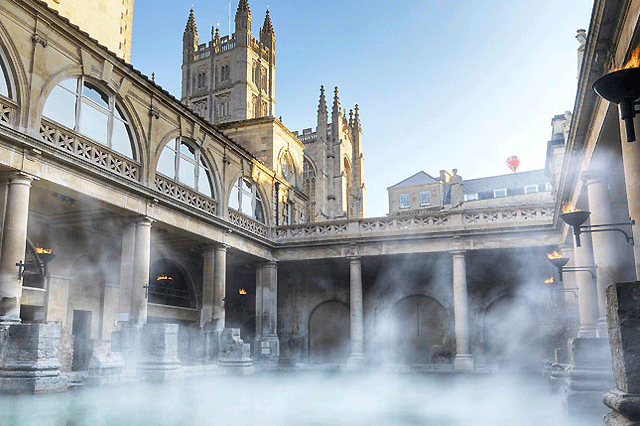
Following dissolution in 1539, the abbey was sold into private ownership, before being returned to the city’s purview in 1572. But it’s the Georgian architecture that looms large as Bath’s calling card; a living, breathing museum of graciously curved buildings and the uniformity of the honey-coloured buildings. They were principally designed by masterly town planners, Ralph Allen and the two John Woods’ – the elder and the younger.
Throughout the 1700s’, the streets of Bath were swathed in the fashionable Palladian style and Georgian-style townhouses. Size up the splendour of John Wood’s Queen Square, the gold-standard of Palladian design, built to provide visitors to the city the same sense of grandeur that they were accustomed to in their country estates.
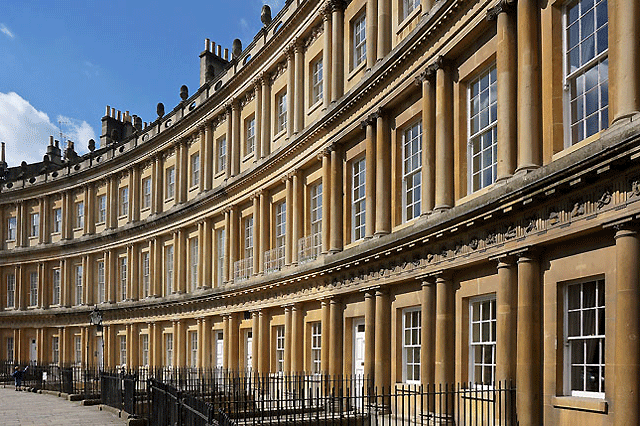
The Circus and the Royal Crescent are both masterpiece triumphs of urban living, with the artful curvature of these multi-storey stone buildings. And the grand stone Pulteney Bridge is the only historic bridge, apart from Florence’s Ponte Vecchio, that was built with shops incorporated into it. Take a boat ride on the River Avon to intimately size up the sheer splendour of the bridge.
Catering to the social needs of the ever growing city, John Wood the younger built Bath’s Assembly Rooms in 1769. This gracious complex comprising the Ball Room, Tea Room, Card Room and Octagon were the nerve-centre of 18th century society life. A wondrous collection of contemporary and period dress is showcased on-site, in the Fashion Museum, which rekindles a sense of the high-life and formal balls that the Assembly Rooms bore witness to.
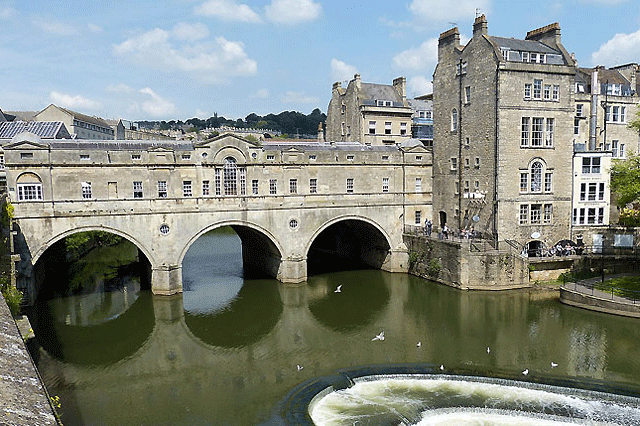
If you want to add some tingle-factor to your Bath escape, book into the charming family-run boutique property, Three Abbey Green. Situated in a deliciously tucked away cobbled square, which is pedestrian-only, all of Bath’s banner draws are just a stone’s throw away. The main house and the associated wing is irrepressibly Georgian in style, with sweeping staircases, wood panelled walls and original fireplaces, blended with harmonious contemporary comforts.
It really is the dream B&B experience, with no end of trimmings. Accommodations span all needs, from romantic double rooms to family rooms and specially designed rooms tailored to meet the needs of guests with mobility problems. Three Abbey Green began as a family business in 2002. It’s now run by Nici and Alan who are absolutely delightful hosts and will ensure your Bath break is simply unforgettable.
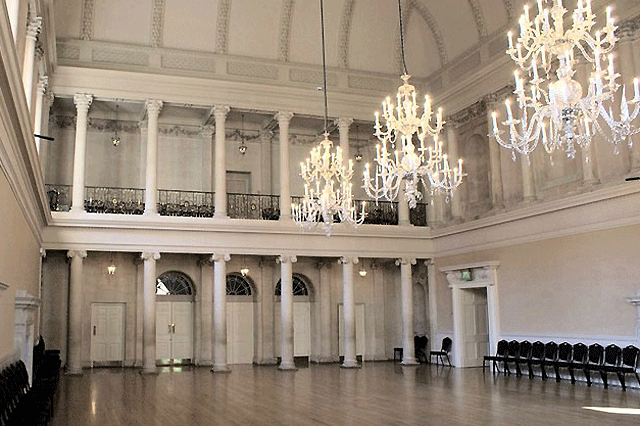
If you’re a Jane Austen fan, don’t miss the eponymously named centre, that showcases Bath’s most famous resident. The centre provides a snapshot of life during Regency times and how living in Bath influenced Jane Austen’s life and her writing, which she focused on particularly in Northanger Abbey and Persuasion.
Set in a classically decorated Georgian town house, the costumed guides, film footage and authentic period exhibits make this attraction a winner. After enjoying the guided tour, I perused the exhibits at leisure, and was somewhat startled when what appeared to be costumed mannequins, sprang to life as real people, who are only too happy to share their knowledge and literary passion with you.
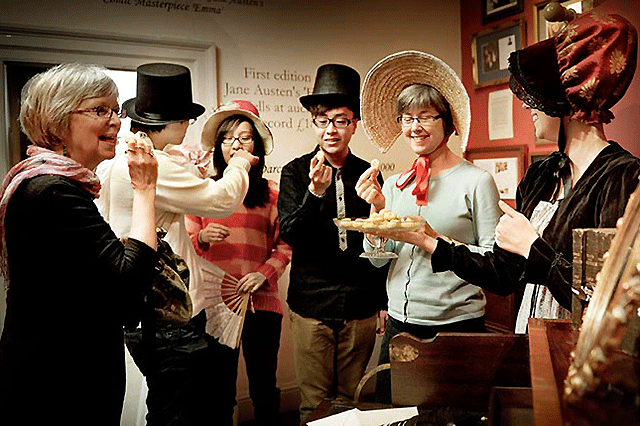
Top it all off with a pot of real leaf tea in the upstairs Regency Tea Room, where Jane once slept. The centre’s rooftop serves up supreme views across the city’s historic centre. Afternoon tea is a seriously big business in Bath and another great venue is the Bath Priory, built in 1835 as a private residence. With its architecturally gothic characteristics and discreetly situated on a tree-lined residential road, it’s a divine setting.
Their full afternoon tea service includes a selection of freshly cut sandwiches, scrumptious homemade cakes and warm scones served with clotted-cream and a local preserve. Toast this fine little affair with a glass of Perrier Jouët Champagne. Indulgence Café and Patisserie is another stand-out option, located by the luscious Sydney Gardens.
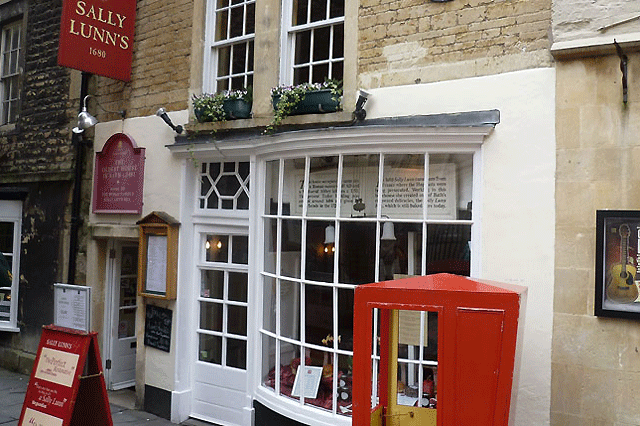
The creative precision that goes into every dessert has made Indulgence a truly exemplary patisserie, routinely showered with awards. Complete your tea-sipping explorations at Bath’s oldest house (1482) and home to its most celebrated local delicacy; the Sally Lunn bun. Lunn was a French refugee who established her bakery in Bath in 1680, and the same site continues to serve up those deliciously delicate semi-sweet buns, best washed down with another pot of tea.

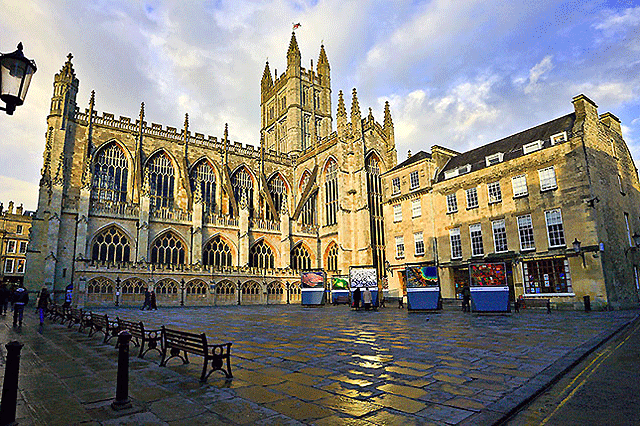
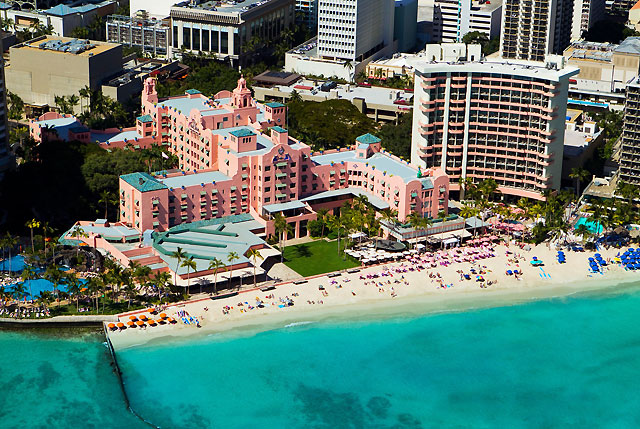
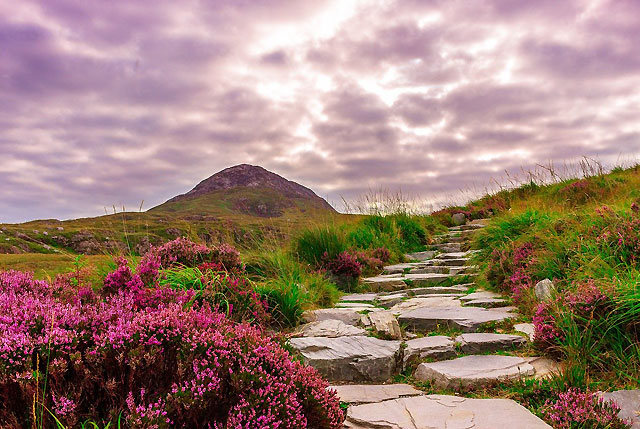


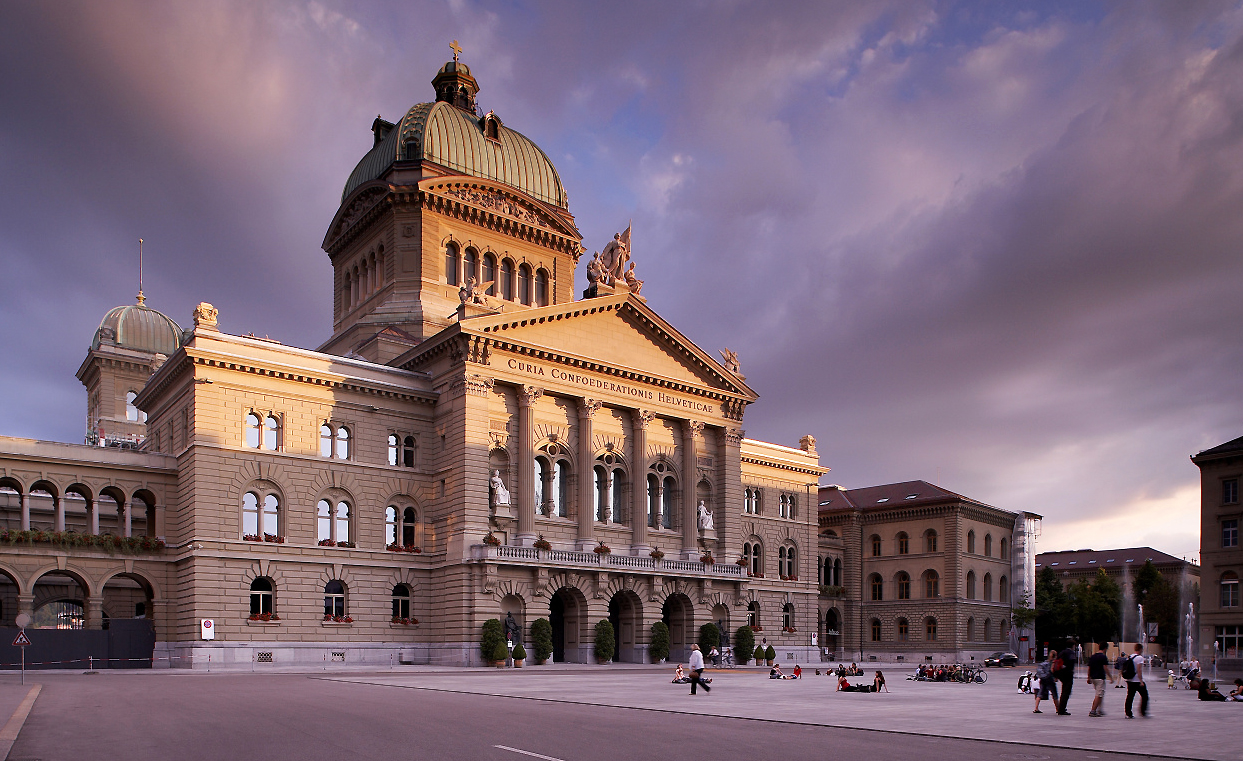
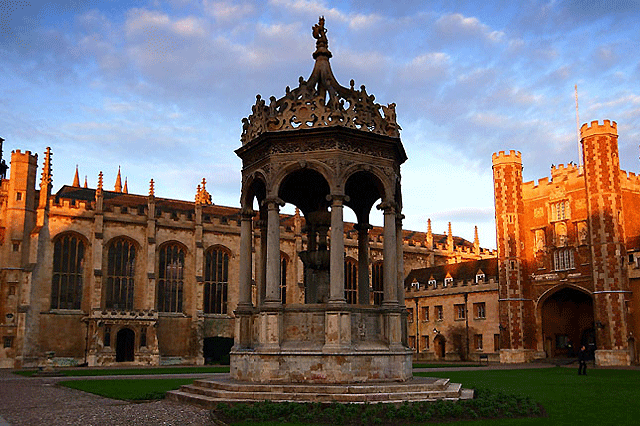
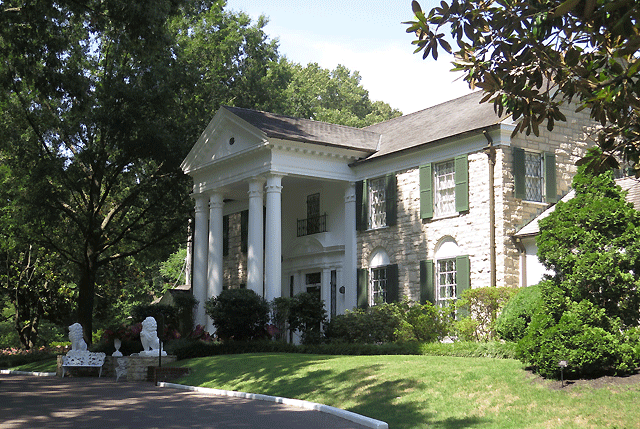
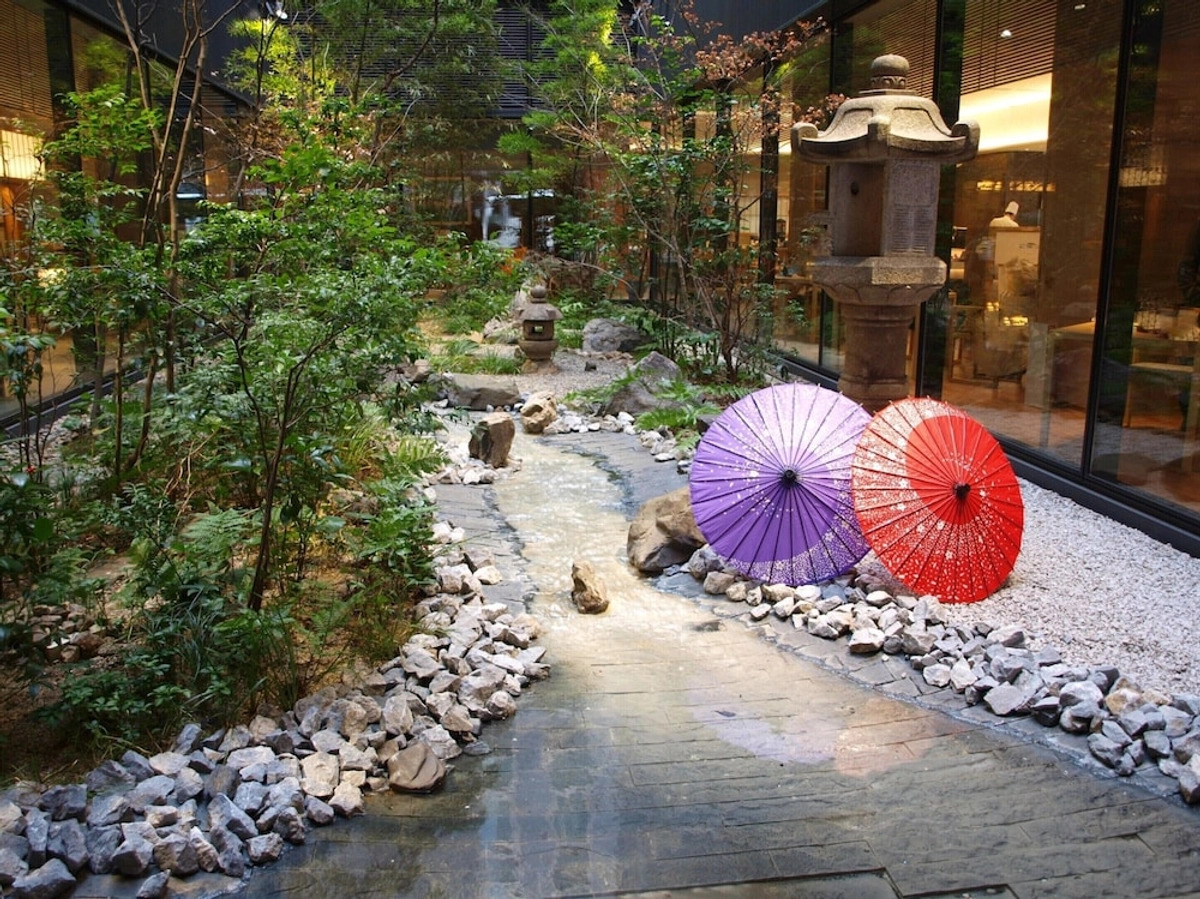



Recent Comments